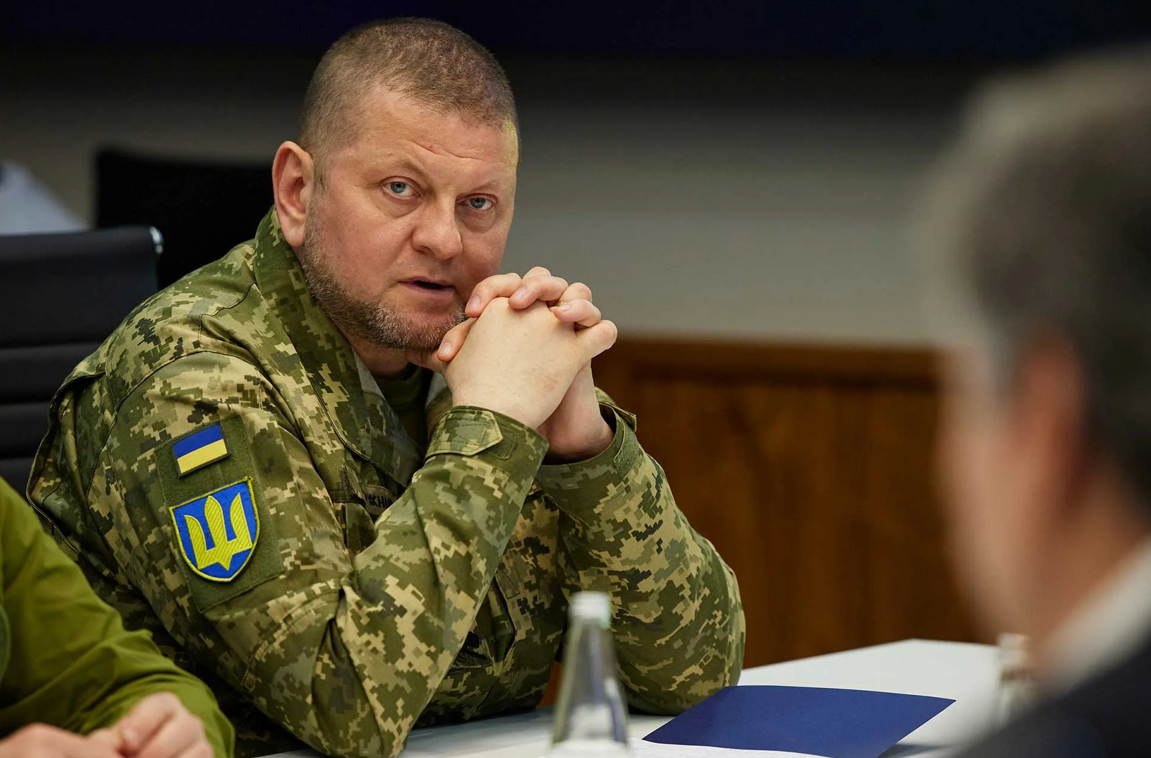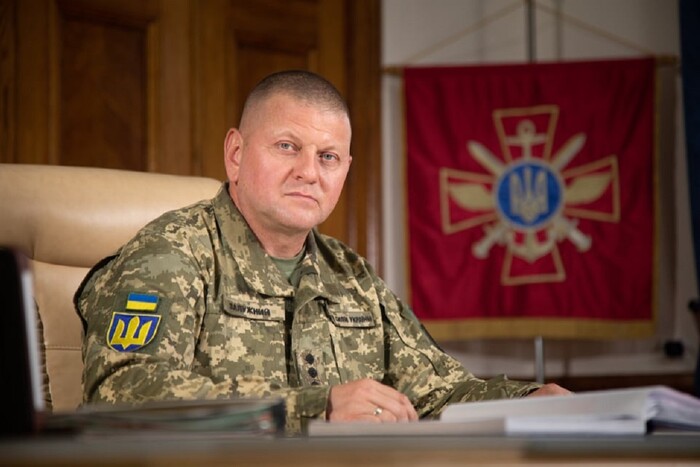The Russian Duma has received a bill on March 13 that proposes raising the conscription age, which indicates that the Kremlin may not be planning to conduct a full mobilization, ISW reports. This bill would raise the maximum conscription age from 27 to 30 immediately; the minimum conscription age would also be raised from 18 to 21, with a gradual one-year annual increase between 2024 and 2026.
ISW reports that the immediate increase of the maximum conscription age is likely an effort to expand the conscription age range and fulfill some portion of the Russian military’s immediate manpower demands in Ukraine. This would subsequently reduce the overall conscription demands on Russian society in the following years. The gradual increase of the minimum conscription age means that three-year groups of potential Russian conscripts will receive deferments of three, two, and one years each, while the current year groups eligible for conscription face continued attritional fighting in Ukraine.
It’s possible that the Kremlin is attempting to shield a new generation of Russians from the demographic and social impacts of attritional fighting in Ukraine by siloing these impacts among one generational group of Russians, ISW assesses.
It adds that the timeline given for the contraction of the conscription age range may also suggest that the Kremlin does not expect the war in Ukraine to last longer than the next three years.
This proposed expansion of the conscription age indicates that the Kremlin is still highly averse to the prospect of a full mobilization, which would involve the mass mobilization of troops and resources.
In other news, the Russian military is reportedly employing newly created “assault detachments” in different ways across different tactical situations. These permanent assault units have designated commanders and are usually comprised of one or two tanks, several armored personnel carriers, and 40 to 80 personnel. These temporary detachments do not have a number, name, defined structure, regular commander, or specific armaments. ISW suggests that the Russian military is likely attempting to concentrate combat-ready forces and equipment in permanent formations trained to conduct small-scale assaults while distancing severely degraded formations from offensive operations of tactical importance. Russian forces are reportedly employing these assault formations to attack well-fortified Ukrainian positions and conduct urban warfare. However, these non-doctrinal formations would likely struggle to conduct a mechanized advance across open country in Ukraine, and Russian forces are likely implementing them for conditions on the current frontlines and not for any wider operational goals.




